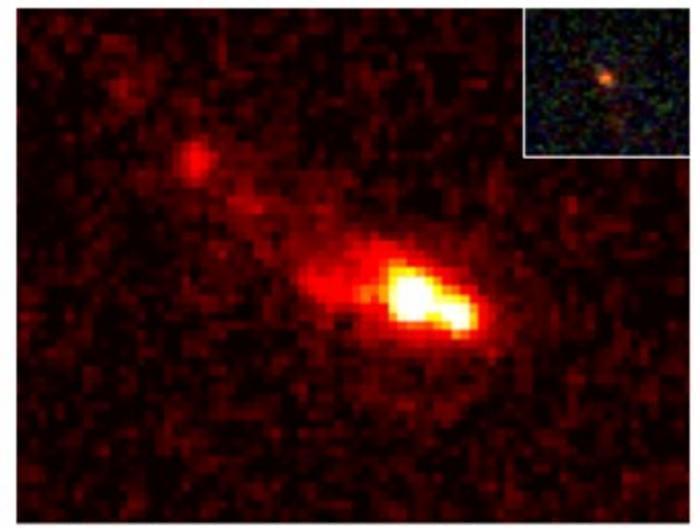How fast did the first galaxies and stars form after the Big Bang? This is what a recent study published in Nature Astronomy hopes to address as an international team of scientists led by the University of Melbourne used NASA’s James Webb Space Telescope (JWST) to observe the merger of two galaxies that occurred approximately 510 million years after the Big Bang, or approximately 13 billion years ago. This study holds the potential to help astronomers better understand the processes behind galaxy formation and evolution during the universe’s youth.
“It is amazing to see the power of JWST to provide a detailed view of galaxies at the edge of the observable Universe and therefore back in time” said Dr. Michele Trenti, who is a Professor and Cosmologist in the School of Physics at the University of Melbourne and a co-author on the study. “This space observatory is transforming our understanding of early galaxy formation.”
For the study, the researchers used JWST’s powerful infrared instruments to observe what they hypothesize to be two merging galaxies comprised of a primary clump and a long tail with a mass equivalent to approximately 1.6 × 109 masses of our Sun that contains approximately 10 percent of the metals of our Sun and growing by approximately 19 solar masses per year. Additionally, they estimate the stars within these merging galaxies are less than 10 million years old within the main clump of the merger and stars in the outer regions to be approximately 120 million years old.










Comments are closed.